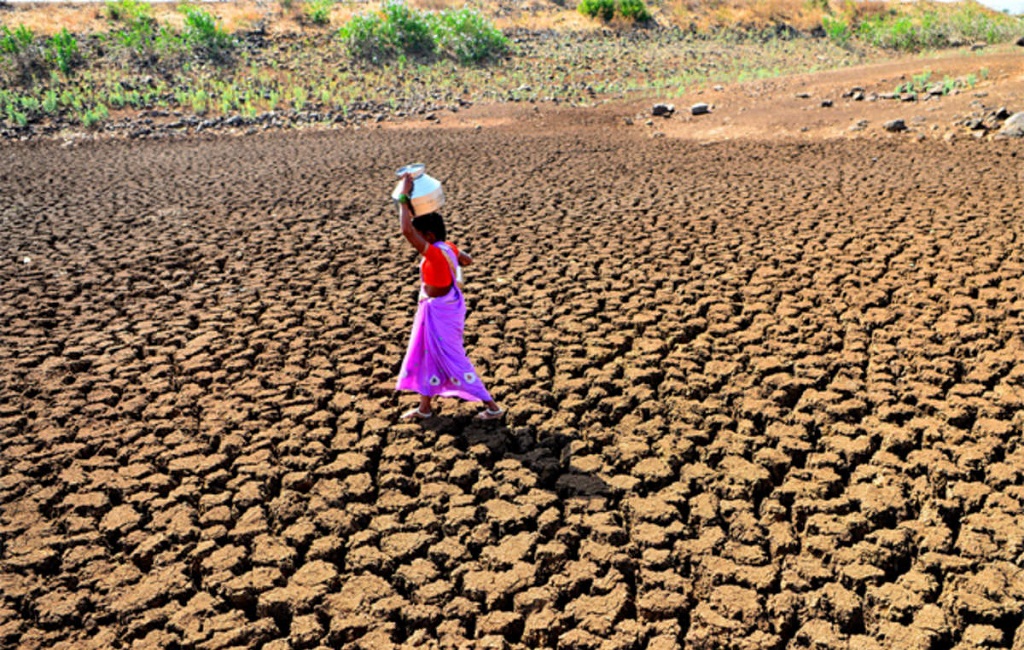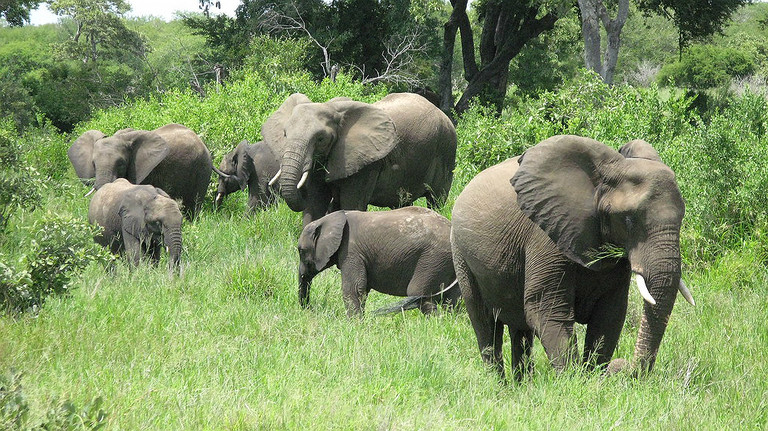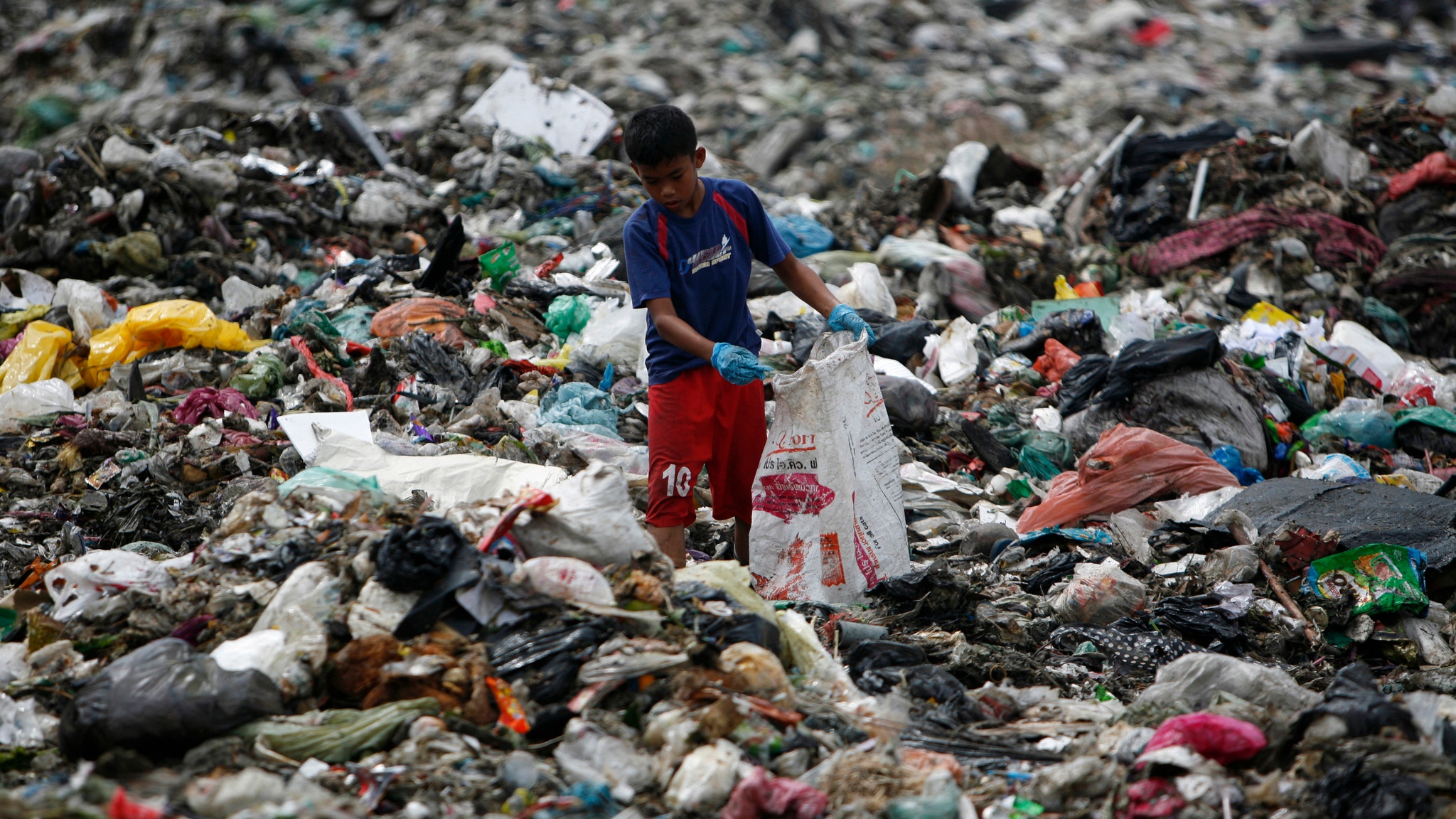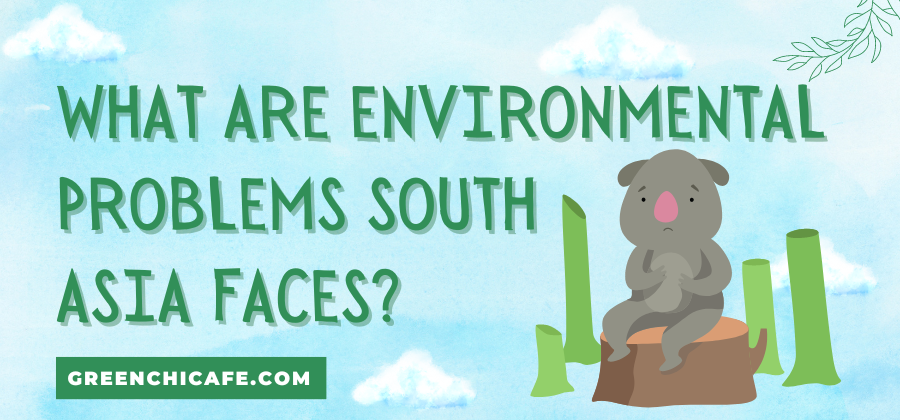Last Updated on June 18, 2024 by Annie Baldwin
Water scarcity is a huge issue facing countries in South Asia.
This region struggles with ensuring access to clean water for its massive population.
Let’s dive into the details around this major problem.
What Environmental Problems Does South Asia Face?

South Asia faces major environmental concerns including water scarcity, air and water pollution, climate change impacts, deforestation, soil erosion, and biodiversity loss.
The high population density coupled with unsustainable resource use has led to severe degradation of the natural environment.
Tackling issues like water shortages, food insecurity, and plastic waste, and preparing for natural disasters exacerbated by climate change need to be priorities for the region.
Key Points
- Water scarcity and food insecurity are major issues in South Asia.
- Pollution, deforestation, and soil erosion are degrading the environment.
- Climate change is increasing heatwaves, floods, and cyclones in the region.
Our Opinion
As experts, we believe South Asia urgently needs to address its environmental challenges.
With proper policies and sustainable practices, the damage can be controlled and reversed.
The countries need to work together to tackle transboundary issues like air pollution, water management, and disaster preparedness.
Investing in clean energy, climate-smart agriculture, conservation of resources, and public awareness campaigns can help create a more sustainable future for South Asia.
Regional cooperation and collective action are key to protecting the environment in this densely populated and vulnerable region.
Water Scarcity in South Asia

Access to clean water is a major challenge across South Asia hence conserving water is very important. The area has experienced intense droughts and water shortages in recent years. With massive population growth and rapid development, water demand has dramatically increased while supplies have decreased. Groundwater depletion is a huge concern, with aquifers being pumped faster than they can replenish.
Water pollution also severely impacts available water in South Asian countries. Contamination from industrial waste, sewage, pesticides, and fertilizers has made much of the region’s surface water unsafe for human use. Water-borne diseases are common due to poor sanitation facilities.
Climate change is worsening water scarcity. Rising temperatures and altered rainfall patterns have disrupted water cycles and increased instances of flooding and drought. Glaciers that feed major rivers are rapidly melting. Coastal aquifers are being invaded by saltwater intrusion.
Water insecurity impacts all aspects of life in South Asia. It threatens food production, increases poverty and displacement, and heightens geopolitical tensions over shared water resources. With its large population, solving South Asia’s water crisis must be a top priority for the region.
Climate Change Impacts in South Asia

Climate change is severely affecting South Asia in multiple ways. Higher temperatures are leading to health issues like heat stroke and cardiovascular problems. More extreme weather events like floods, droughts, and cyclones are displacing people and damaging property and crops.
Rising sea levels are swallowing coastal areas, salinizing groundwater, and increasing storm surge damage. Glacier melt is disrupting water supplies to major rivers. Changing monsoon patterns have decreased agricultural yields.
Air pollution has become a major issue, especially in urban areas. Vehicle emissions, industrial activity, crop burning, and cooking with biofuels have all contributed to poor air quality and related health problems.
Deforestation and loss of biodiversity are also concerns. Natural habitats like mangroves and coral reefs are being degraded. This damages ecosystems and reduces nature’s defenses against climate impacts.
Climate change is a threat multiplier in South Asia. It exacerbates resource scarcity, poverty, conflict, migration, and other issues. Urgent adaptation and mitigation strategies are needed to build resilience and protect people’s lives and livelihoods against current and future climate risks.
Loss of Biodiversity in South Asia

South Asia is home to many important ecosystems and a diversity of plant and animal species. However, biodiversity loss has become a major concern in recent decades.
Habitat destruction is the primary threat. Deforestation, wetland drainage, and urban expansion have all diminished natural areas and fragmented wildlife corridors. Poaching and illegal wildlife trade have also decimated populations of tigers, rhinos, elephants, and other iconic species.
Invasive alien species introduced deliberately or accidentally are spreading and displacing native flora and fauna. Pollution from agricultural runoff, industrial effluents, and urban sewage has degraded land and waterways.
Overexploitation is an issue, with unsustainable hunting, fishing, logging, and plant collection exceeding natural regeneration rates. Climate change is now exacerbating habitat loss and threatening sensitive ecosystems.
This decline in biodiversity has far-reaching consequences. It disrupts vital ecosystem services like water purification, soil health, and pollination. Reduced genetic diversity also hinders medicinal discoveries and agricultural innovation.
Protecting remaining habitats, controlling invasive species, limiting pollution, and managing resources sustainably are all essential to safeguard South Asia’s natural heritage for current and future generations.
Air Pollution Levels in South Asia
Air pollution has become an acute public health crisis across South Asia. High population density, rapid urbanization, industrial growth, and increasing vehicular traffic have all contributed to dangerously poor air quality in many cities.
India, Pakistan, Bangladesh, Nepal, and Sri Lanka frequently record PM2.5 levels several times above the WHO guidelines. New Delhi even topped the global pollution charts in recent years.
This toxic air leads to respiratory and cardiovascular illnesses. Stunted lung development in children is also a major concern. Indoor air pollution from biomass cooking in rural areas further compounds the health risks.
While governments have introduced policies to curb emissions, weak enforcement and lack of resources hamper progress. Tackling this complex transboundary issue requires stronger national and regional coordination.
Transitioning from fossil fuels to renewable energy, upgrading industrial processes, expanding public transport, managing waste better, and increasing green cover across cities could all gradually improve the situation.
Cleaner air has far-reaching economic and social benefits. It is vital that all South Asian countries work together to make it a priority for the health of their citizens and environments.
Plastic Pollution in South Asia

Plastic pollution has become a major environmental threat across South Asia. Rapid economic growth and consumption, lack of waste management infrastructure, and unchecked urbanization have led to mountains of plastic waste accumulating in cities, villages, and nature.
Single-use plastics like bags, bottles, straws and packaging make up much of the visible pollution. But microplastics from textiles and vehicle tires also contaminate land and waterways. Most countries lack adequate solid waste collection and recycling systems.
Plastic debris is ingested by livestock, pollutes agricultural lands, chokes water bodies, and endangers marine biodiversity. It also blocks drains and worsens floods. Open dumping and burning of plastics further degrades air quality and public health.
While countries are starting to wake up to the plastic crisis, weak policy implementation, poor consumer awareness, and vested business interests impede solutions. Taxes, bans, incentives for eco-friendly alternatives, community action, and public education campaigns could gradually improve the situation.
South Asian countries must work cooperatively to stop plastic pollution which harms people and environments across borders. It requires urgent collective action for the sake of present and future generations.
FAQ
What Are the Main Environmental Issues in South Asia?
Some of the main environmental issues in South Asia include water scarcity, depletion of natural resources like water, forests, and coastal areas, soil degradation, air and water pollution, climate change impacts like heatwaves and natural disasters, and rapid urbanization leading to problems like waste management.
What Types of Environmental Problems Are There in Southeast Asia?
Major environmental problems in Southeast Asia include deforestation and loss of biodiversity, air and water pollution, plastic waste and marine debris, unsustainable tourism, illegal wildlife trade, haze from forest fires, and climate change impacts like rising sea levels, extreme weather events, and warming temperatures.
What Are the 4 Biggest Environmental Issues in Asia?
The 4 biggest environmental issues in Asia are air pollution, water scarcity and pollution, climate change impacts, and loss of forests and biodiversity.
What Are the Problems Facing South Asia?
The major problems facing South Asia are water scarcity, food insecurity, natural disasters exacerbated by climate change, rapid urbanization and pollution, biodiversity loss, deforestation, soil degradation, and unsustainable use of natural resources. Poverty and high population density further exacerbate these environmental challenges.
Conclusion
South Asia faces significant environmental challenges, including water scarcity, pollution, climate change impacts, deforestation, soil degradation, and loss of biodiversity. These issues are exacerbated by the region’s high population density, poverty, and unsustainable resource use. Tackling problems like water and food shortages, air pollution, and plastic waste, and preparing for natural disasters should be priorities to improve environmental sustainability in South Asia. Climate change mitigation and adaptation efforts are also crucial for the region.
